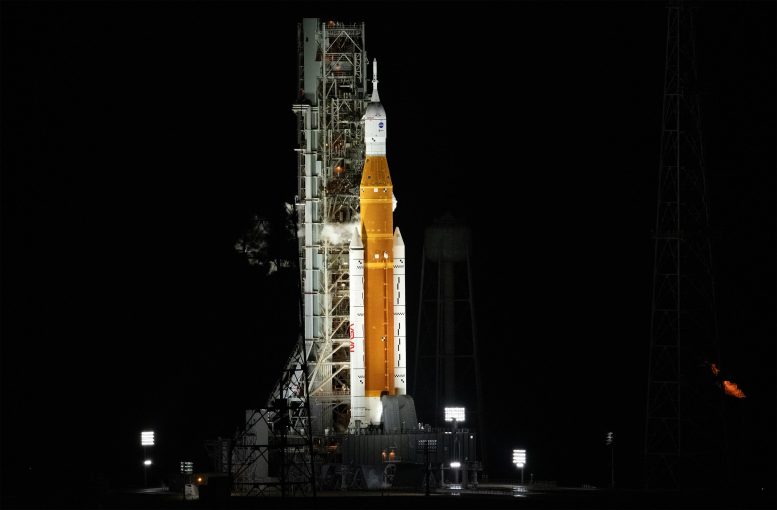
NASA’s Space Launch System (SLS) rocket with the Orion spacecraft aboard is seen atop the mobile launcher at Launch Pad 39B, Monday, August 29, 2022, as the Artemis I launch teams load more than 700,000 gallons of cryogenic propellants including liquid hydrogen and liquid oxygen as the launch countdown progresses at NASA’s Kennedy Space Center in Florida. Credit: NASA/Joel Kowsky
Engineers are evaluating data gathered during the Artemis I launch attempt on Monday, August 29, which was halted by the launch director at approximately 8:34 a.m. EDT (5:34 a.m. PDT). The launch was scrubbed after teams could not get the rocket’s engines to the proper temperature range required to start the engines at liftoff, and ran out of time in the two-hour launch window to continue. The mission management team will convene on Tuesday afternoon to discuss the data and develop a plan forward.
The four RS-25 engines on the Space Launch System must be thermally conditioned before super cold propellant begins flowing through them for liftoff. Launch controllers condition them by increasing the pressure on the core stage liquid hydrogen tank to route, or “bleed” as it is often called, a portion of the approximately minus 423 °F liquid hydrogen to the engines. Managers suspect the issue, seen on engine 3, is unlikely to be the result of a problem with the engine itself.
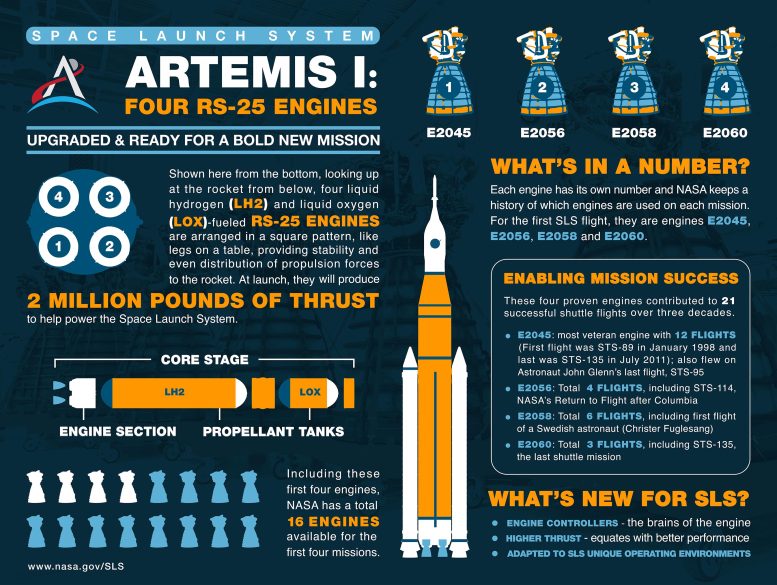
NASA’s new deep-space rocket, the Space Launch System (SLS), will launch missions powered by four RS-25 engines, reliable engines used for 135 shuttle missions. The engines have been upgraded with new controllers and other features for SLS. Each engine has a unique number that allows engineers to track its flight history. Credit: NASA/MSFC, Kevin Obrien
During the countdown, launch controllers worked through several additional issues. These include storms in the area that delayed the start of propellant loading operations, a leak at the quick disconnect on the 8-inch line used to fill and drain core stage liquid hydrogen, and a hydrogen leak from a valve used to vent the propellant from the core stage intertank.
NASA will host a media teleconference Tuesday, August 30, at approximately 6 p.m. EDT (3 p.m. PDT) to provide an update on data analysis and discussions. Note that the time is subject to change. While managers have not yet set a date for the next launch attempt, the earliest possible opportunity is Friday, September 2, during a two-hour launch window that opens at 12:48 p.m.



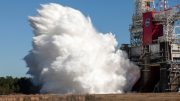

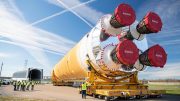
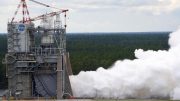
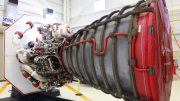
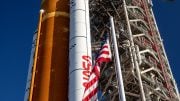

Be the first to comment on "NASA Engineers Assess Data After Artemis I Launch Scrub"